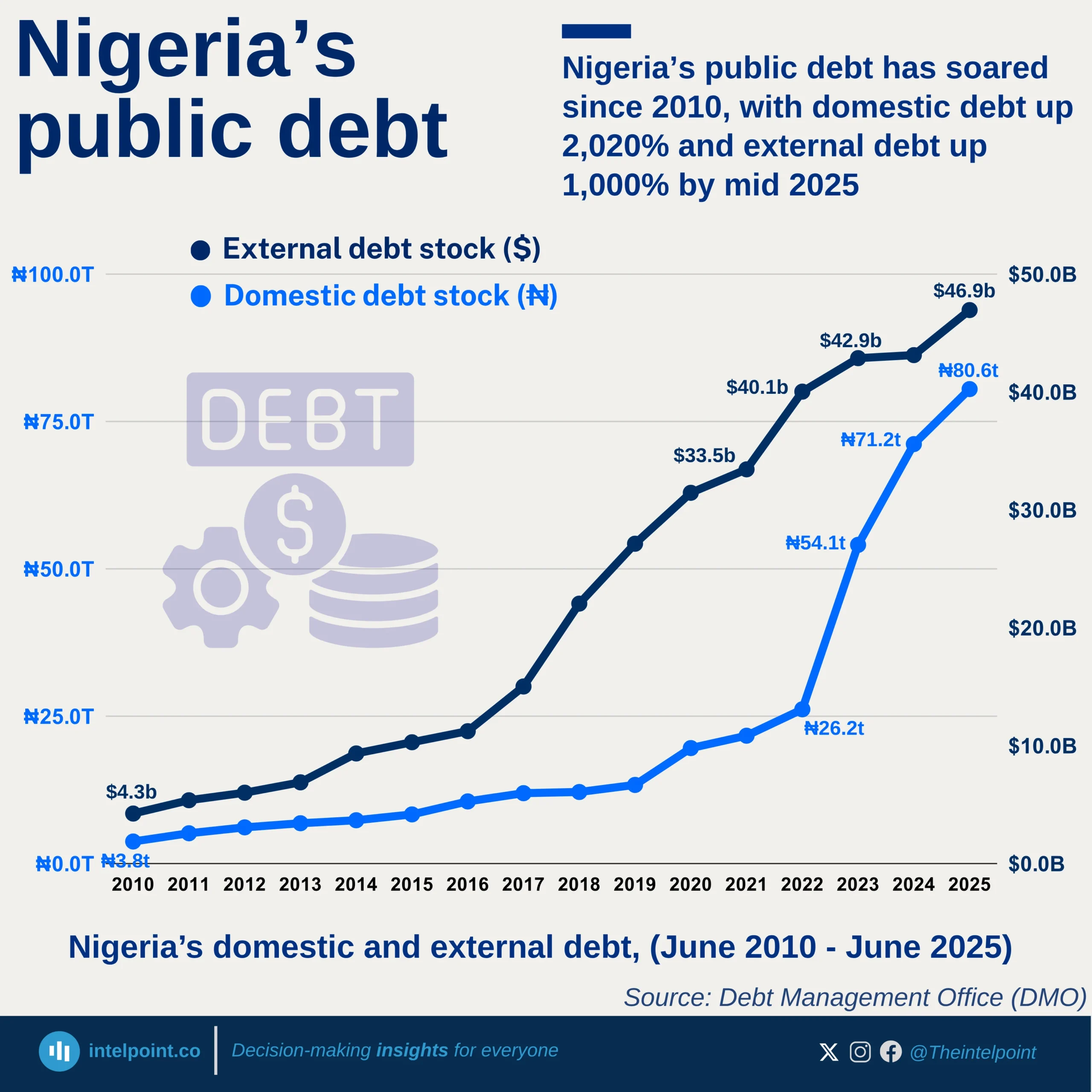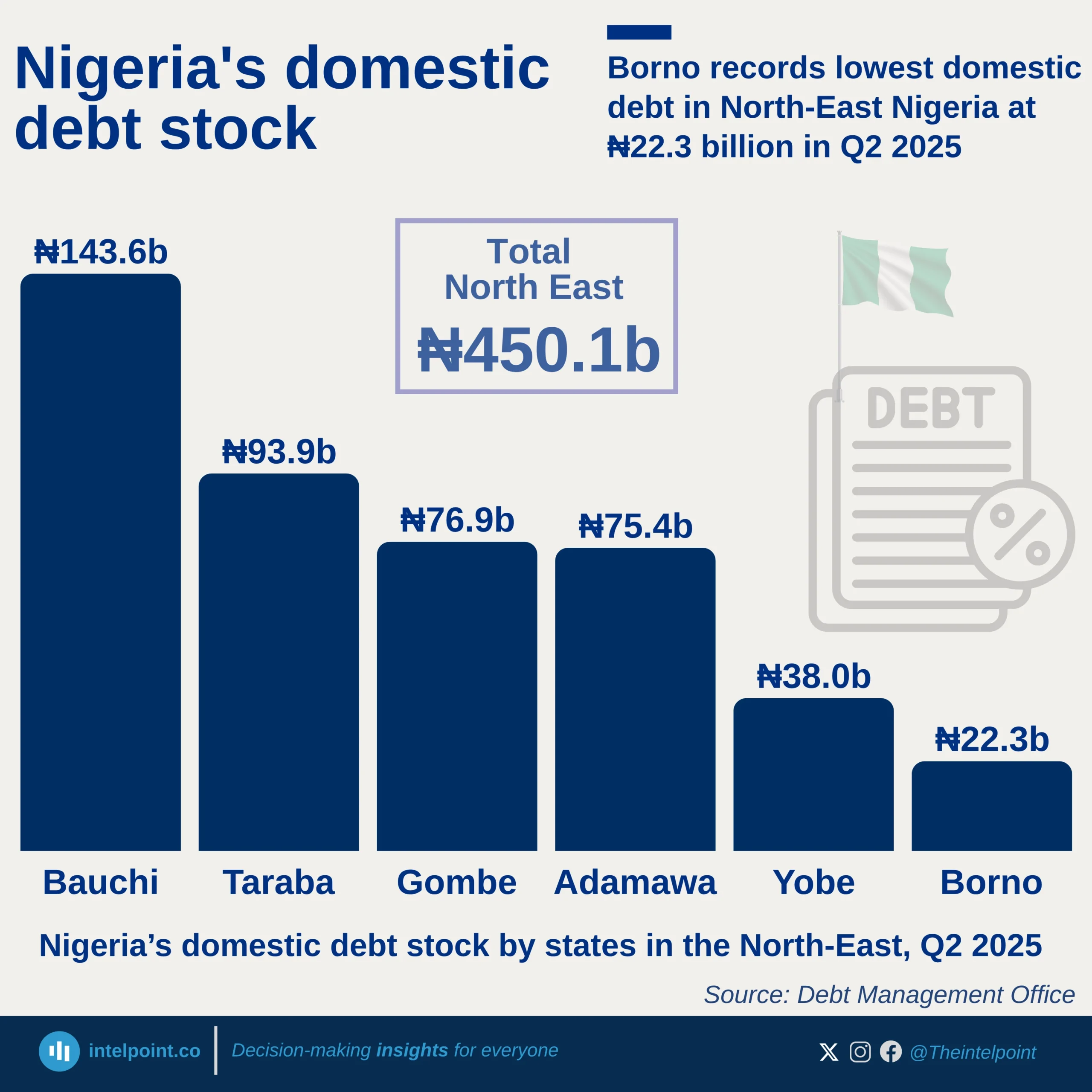The distribution of student loan applications across Nigerian universities reveals a pronounced regional pattern. Institutions in the North West and North East dominate the top 10, with University of Maiduguri leading the chart with 31,770 applications. This strong showing suggests not only a heightened demand but also possibly stronger mobilisation or outreach efforts in these regions. Five of the top 10 universities are in the North West alone, underscoring the region's central role in the uptake of the education loan scheme.
North Central, represented by University of Jos and University of Ilorin, demonstrates significant engagement as well, suggesting the programme's widening geographical reach. Interestingly, while southern institutions are absent from the top 10, the steady presence of universities from across multiple northern zones reflects both the educational demographics and possibly varying access to alternative funding sources.





